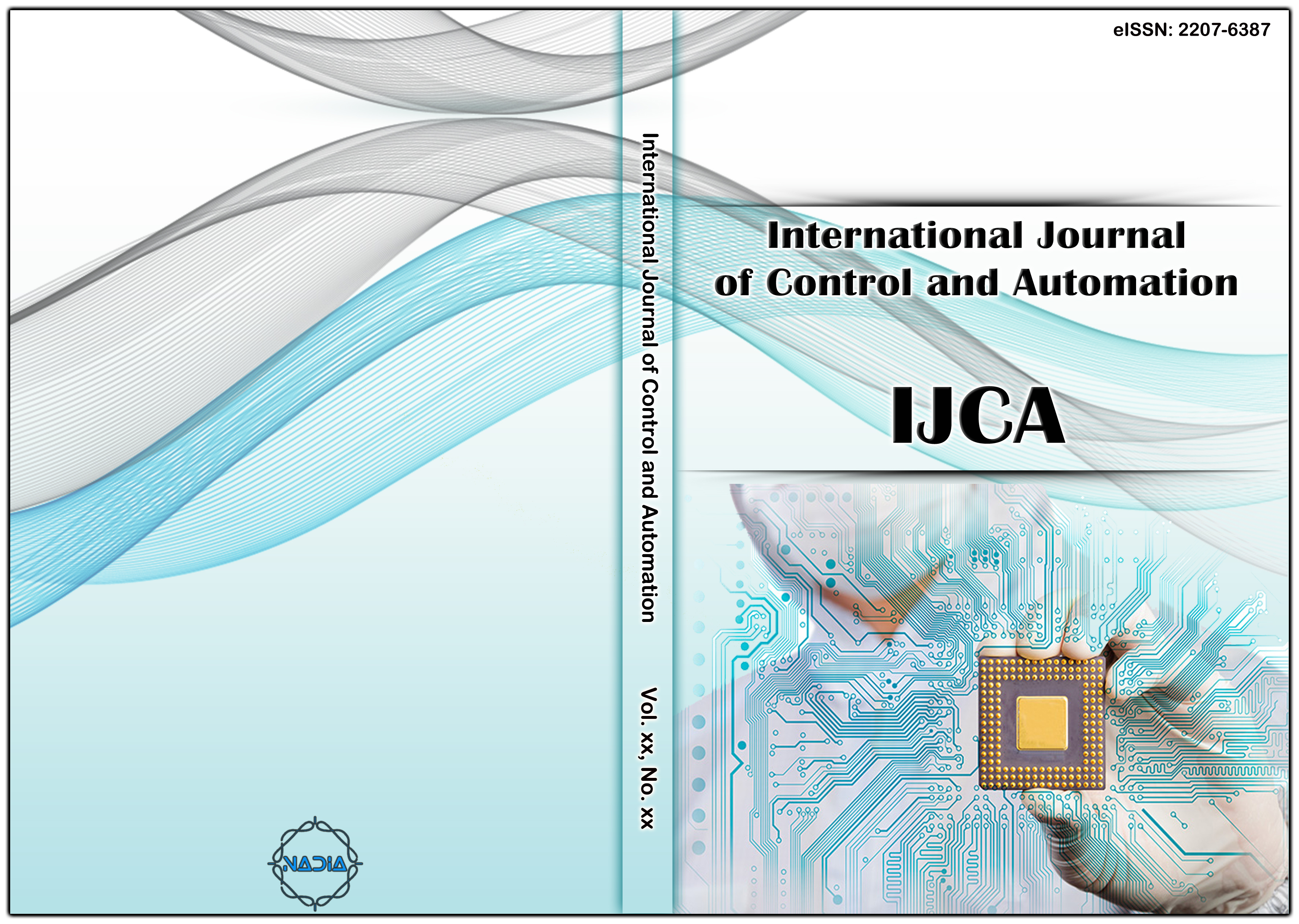[1] Wirawan, B., “Price Fluctuation, Price Transmission, and Marketing Margin of Vegetables and Fruits”, Agricultural Policy Analysis. Volume 5 Dec. 4, (2007): 358-373.
[2] Saifullah, M., Yusof, Y.A., Chin, N.L., Aziz, M.G., Mohammed, M.A.P. and Aziz, N.A., “Dissolution profiling and its comparison of natural fruit powder effervescent tablets”, Journal of Food Engineering, 178,, (2016): 60-70.
[3] Khapre, A.P., Satwadhar, P.N. and Syed, H.M., “Studies on processing technology and cost estimation of fig (Ficus carica L.) fruit powder enriched Burfi (Indian cookie)”, Journal of Applied and Natural Science, 7(2), (2015): 621-624.
[4] Snyder, J., Ijumba, C., Tschirley, D. and Reardon, T., “Local Response to the Rapid Rise in Demand for Processed and Perishable Foods: Results of an Inventory of Processed Food Products in Dar es Salaam”, Innovation Lab for Food Security, Michigan State University, East Lansing, MI, Tanzania Policy Research Brief, (2), (2015).
[5] State Polytechnic of Malang, 2012. Research Master Plan Year 2012-2016. Malang: Unpublished.
[6] Petersen, L.N., Jorgensen, J.B. and Rawlings, J.B., “Economic optimization of spray dryer operation using nonlinear model predictive control with state estimation”, IFAC-PapersOnLine, 48(8), (2015): 507-513.
[7] Snyder, J., Ijumba, C., Tschirley, D. and Reardon, T., “Local Response to the Rapid Rise in Demand for Processed and Perishable Foods: Results of an Inventory of Processed Food Products in Dar es Salaam”, Innovation Lab for Food Security, Michigan State University, East Lansing, MI, Tanzania Policy Research Brief, (2), (2015).
[8] Atkins, M. et al., “Integrating Heat Recovery from Milk Powder Spray Dryer Exhausts in The Dairy Industry”, Applied Thermal Engineering Journal. vol. 31, (2011): 2101-2106.
[9] Toneli, M. et al., “Effect of the Outlet Air Reuse on Thermal Efficiency of a Pilot Plant Spray Dryer with Rotary Atomizer”, Chemical Engineering Trans., vol. 32, (2013): 241-246.
[10] Langrish, T. et al., “The Assessment of a Characteristic Drying Curve for Milk Powder for Use in Computational Fluid Dynamics Modeling”, Chemical Engineering Journal, Vol. 84, (2001): 69-74.
[11] Wolovick, W., “Automatic Control Systems: Basic Analysis and Design”, New York: Holt, Rinehart and Winston, Inc., (1994): 167-177.
[12] Bartelt, T., “Industrial Control Electronics: Devices, Systems, and Applications”, New York: Thomson Delmar Learning, (2006): 234-241.
[13] Ordaz, P., Santos-Sánchez, O.J., Rodríguez-Guerrero, L. and González-Facundo, A., “Nonlinear stabilization for a class of time delay systems via inverse optimality approach”, ISA transactions, (2016).
[14] Parastiwi, A., “Design of spray dryer process control by maintaining outlet air temperature of spray dryer chamber”, In Intelligent Technology and Its Applications (ISITIA), 2016 International Seminar, IEEE, (2016) July: 619-622.
[15] Tapiero, H., Townsend, D.M., and Tew, K.D, “The role of carotenoids in the prevention of human pathologies”, Biomed, Pharmacother, http://dx.doi.org/10.1016/j.biopha.2003.12.006. PubMed, 58 (2), (2004); 100-110.
[16] Siddick, A. and Ganesh, S., “Spray drying parameters for the maximum recovery of fruit powder from different tomato varieties grown in Dindigul District”, International Journal of Scientific and Research Publications, 3(2), (2013); pp.1-2.
[17] Goula, A.M., and Adamopoulos, K.G., “Stability of lycopene during spray drying of tomato pulp. Lebensm”, Wiss. Technol, http://dx.doi.org/10.1016/j.lwt.2004.07.020, 38 (5), (2005): 479-487.
[18] Tontul, I., Topuz, A., Ozkan, C. and Karacan, M., “Effect of vegetable proteins on physical characteristics of spray-dried tomato powders”, Food Science and Technology International, 22(6), (2016): 516-524.
[19] Siddick, S.A. and Ganesh, S., “Spray drying technology for producing fruit powders from tomatoes and tamarillo”, In XXIX International Horticultural Congress on Horticulture: Sustaining Lives, Livelihoods and Landscapes (IHC2014): 1120, (2014) August: 343-348.
[20] Sousa, A.S.D., Borges, S.V., Magalhães, N.F., Ricardo, H.V. and Azevedo, A.D., “Spray-dried tomato powder: reconstitution properties and colour”, Brazilian Archives of Biology and Technology, 51(4), (2008): 607-614.
[21] Goula, A.M. and Adamopoulos, K.G., “Effect of maltodextrin addition during spray drying of tomato pulp in dehumidified air: II”, Powder properties, Drying Technology, 26(6), (2008): 726-737.
[22] Caliskan, G. and Dirim, S.N., “The effects of the different drying conditions and the amounts of maltodextrin addition during spray drying of sumac extract”, Food and Bioproducts Processing, 91(4), (2013): 539-548.
